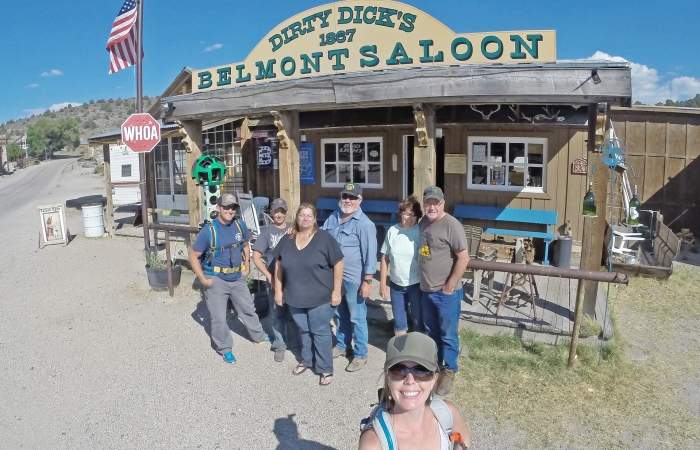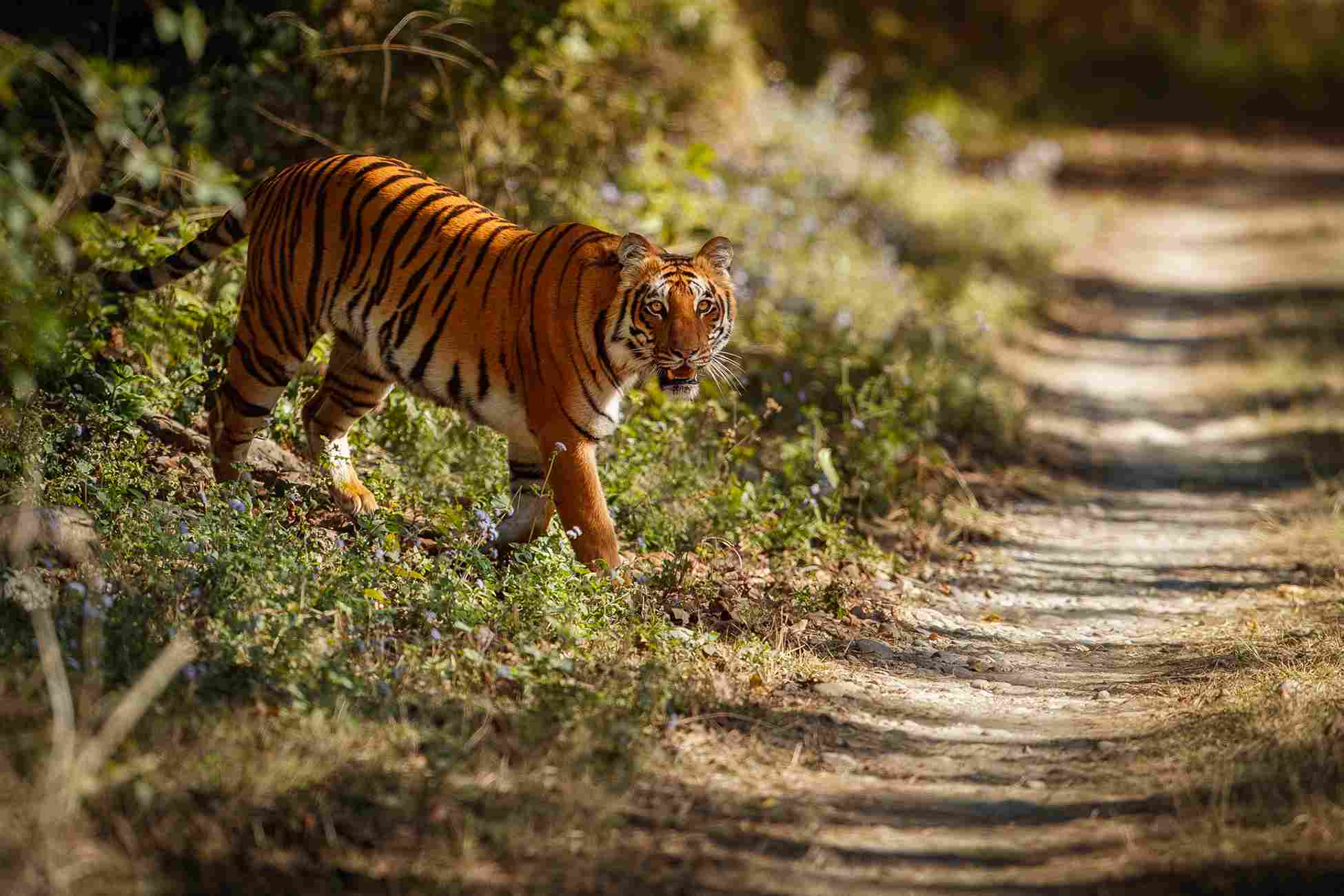With no residents for more than 100 years, dilapidated buildings in a pristine Wild West setting, and no goods or services, Rhyolite is, without a doubt, one of the best ghost towns in Nevada, USA, making for an incredible day trip out of Las Vegas. Today, as one of the most photographed ghost towns in the West, Rhyolite should be a priority when planning a Nevada adventure.
Rhyolite’s hypnotic state of arrested decay couldn’t be any more satisfying to see in real time, whether it is its incredibly distinctive history, scratching that desert exploring itch, or hard-to-compare photo ops you’re after. This fascinating boomtown sprung to life after a couple of prospectors discovered high-grade ore in 1905. In the grand scheme of things, Nevada’s got it easy when it comes to these still-standing ghost towns and all-around evidence of another era, thanks to one teensy little detail: climate. As one of Nevada’s 600+ ghost towns, what still stands at Rhyolite today has qualified it as one of the coolest ghost towns in Nevada. Maybe that’s because of what’s left, what’s vanished over time, or maybe a masterful balance of the two.
The story of Rhyolite…
Rhyolite, located just outside Death Valley National Park, experienced an incredibly short-lived boom. Established in 1905 as a silver and gold town, its population quickly grew to 6,000 residents, but unfortunately for investors, the value of Rhyolite’s ore was grossly miscalculated. During the initial frenzy, three railroad lines were built, along with a handful of banks, a stock exchange and more — all at a cost that far exceeded the value that was extracted from the ground over the town’s lifetime. In less than five years, Rhyolite was nearly abandoned with just a few hundred residents left. In its heyday, there were over 53 saloons to choose from across the few blocks of town, and this sparked local resident Tom Kelly’s creative genius: Rather than chuck all those empty beer bottles into a landfill, why not use them to build a house? Over five and a half months, it is estimated Kelly collected over 30,000 Adolphus Busch (now known as Budweiser) bottles and plastered them together with adobe mud. The result was the foundation of a three-bedroom house that Kelly eventually raffled off.
In 1925, Paramount Pictures took over the town, featuring the bottle house in two flicks — The Air Mail and Wanderers of the Wasteland. Following that, the house was lived in for many decades, but eventually fell into disrepair until it was acquired by the Bureau of Land Management and restored in 2005. Today, it is considered to be the oldest and largest complete bottle house of its kind. While you can’t go inside the bottle house, a visit to the site provides a glimpse into Rhyolite’s quirky past.
These days though, Rhyolite is most famous for the Goldwell Open Air Museum, where art and history meet. In the 1980s, a group of artists led by Belgian sculptor Albert Szukalski travelled to the Amargosa Desert and created what could be considered one of the spookiest art installations in the American West. “The Last Supper,” Szukalski’s centrepiece, consists of a series of eerie ghost-like plaster figures draped in flowing white robes. The Goldwell Open Air Museum now hosts a diverse outdoor sculpture garden, which is free and open to the public 24 hours a day.
 TravTalk India Online Magazine
TravTalk India Online Magazine





